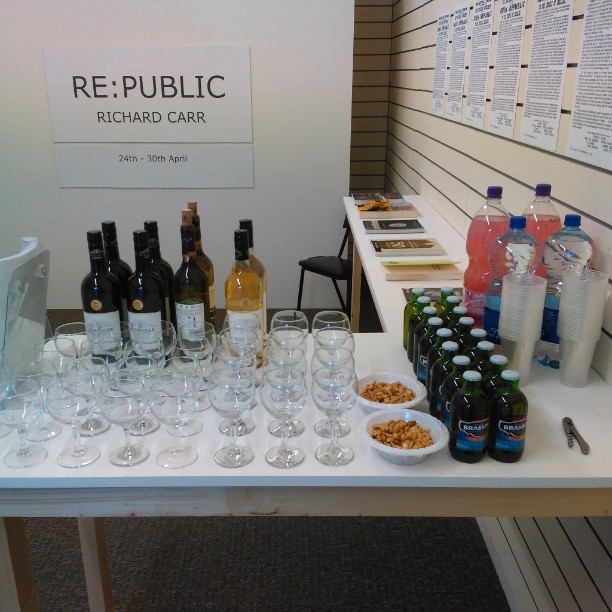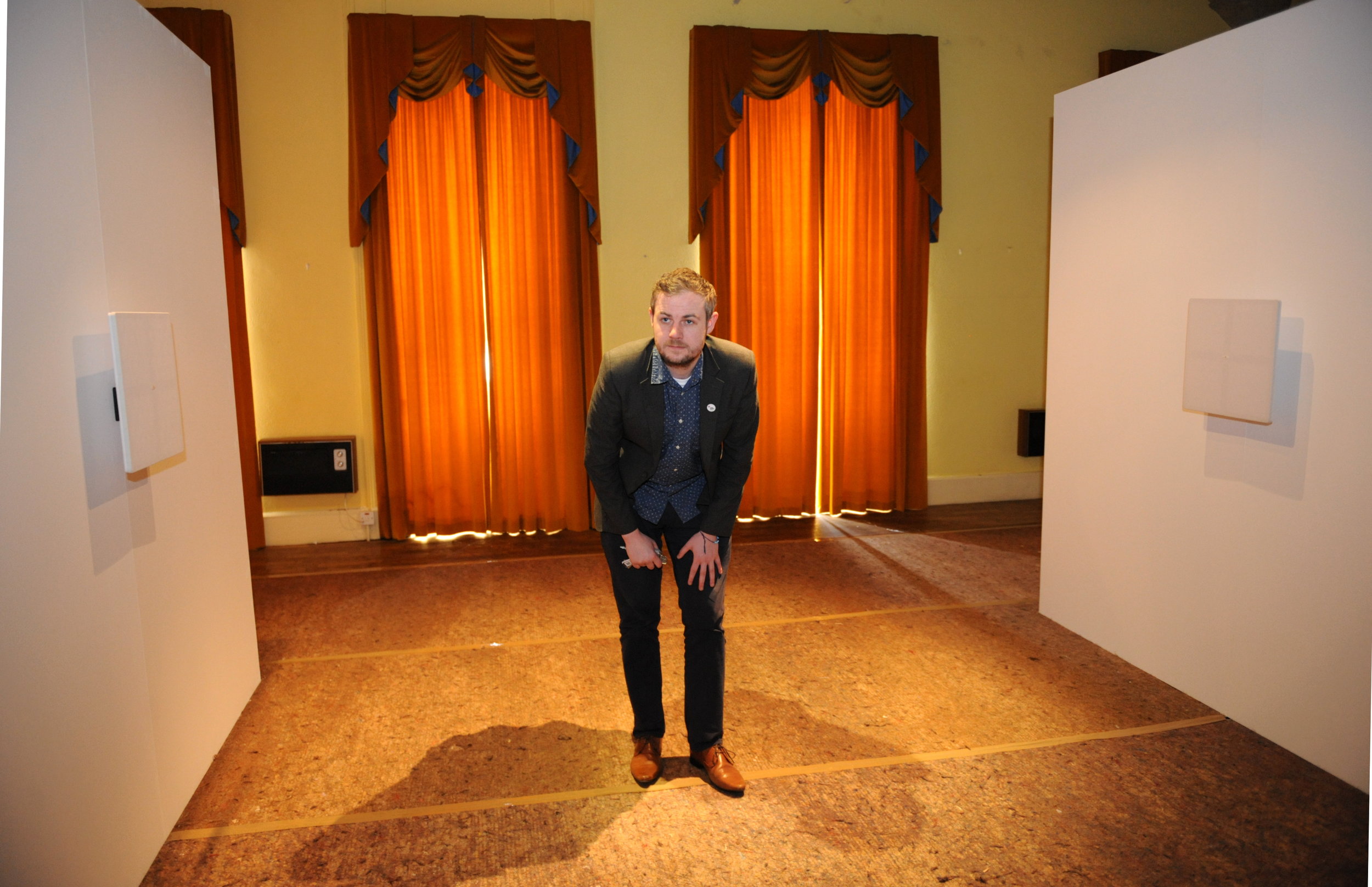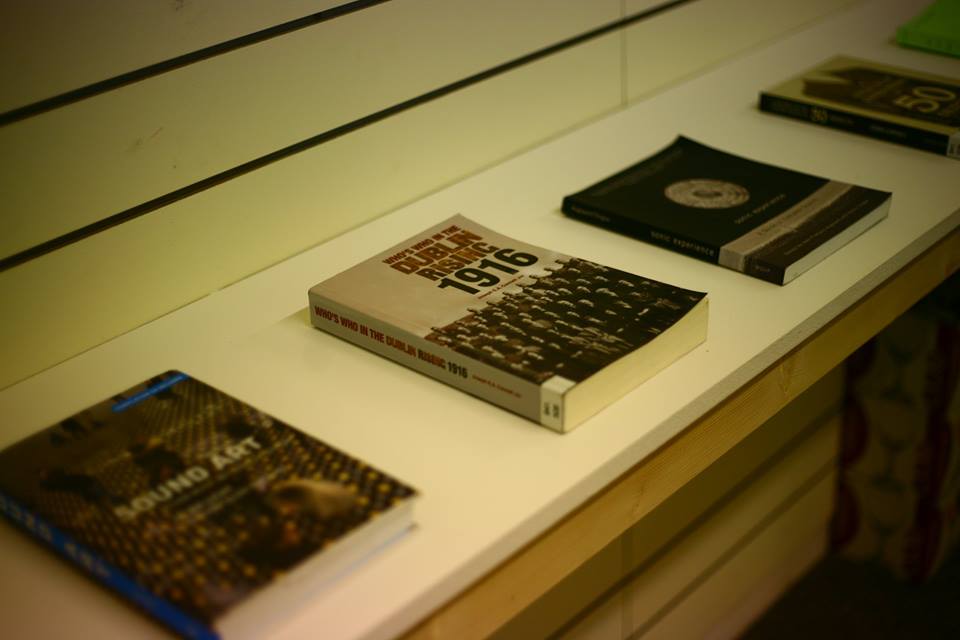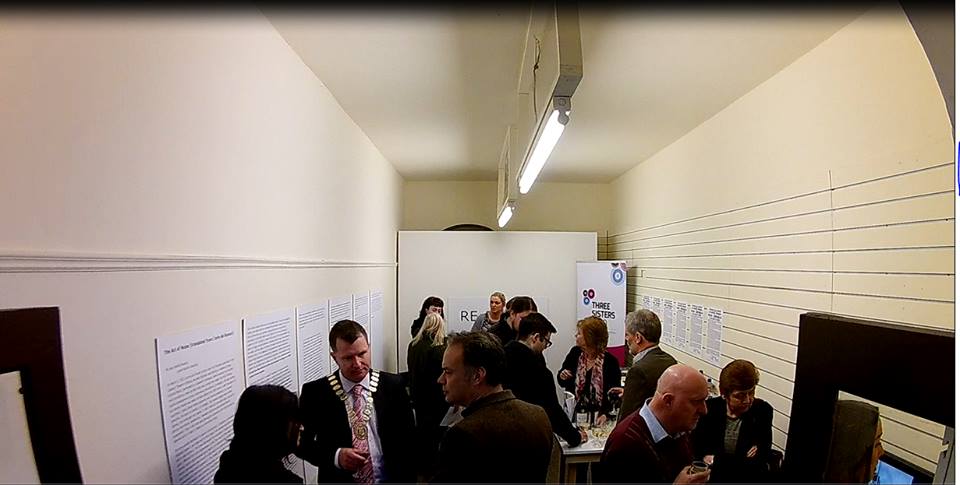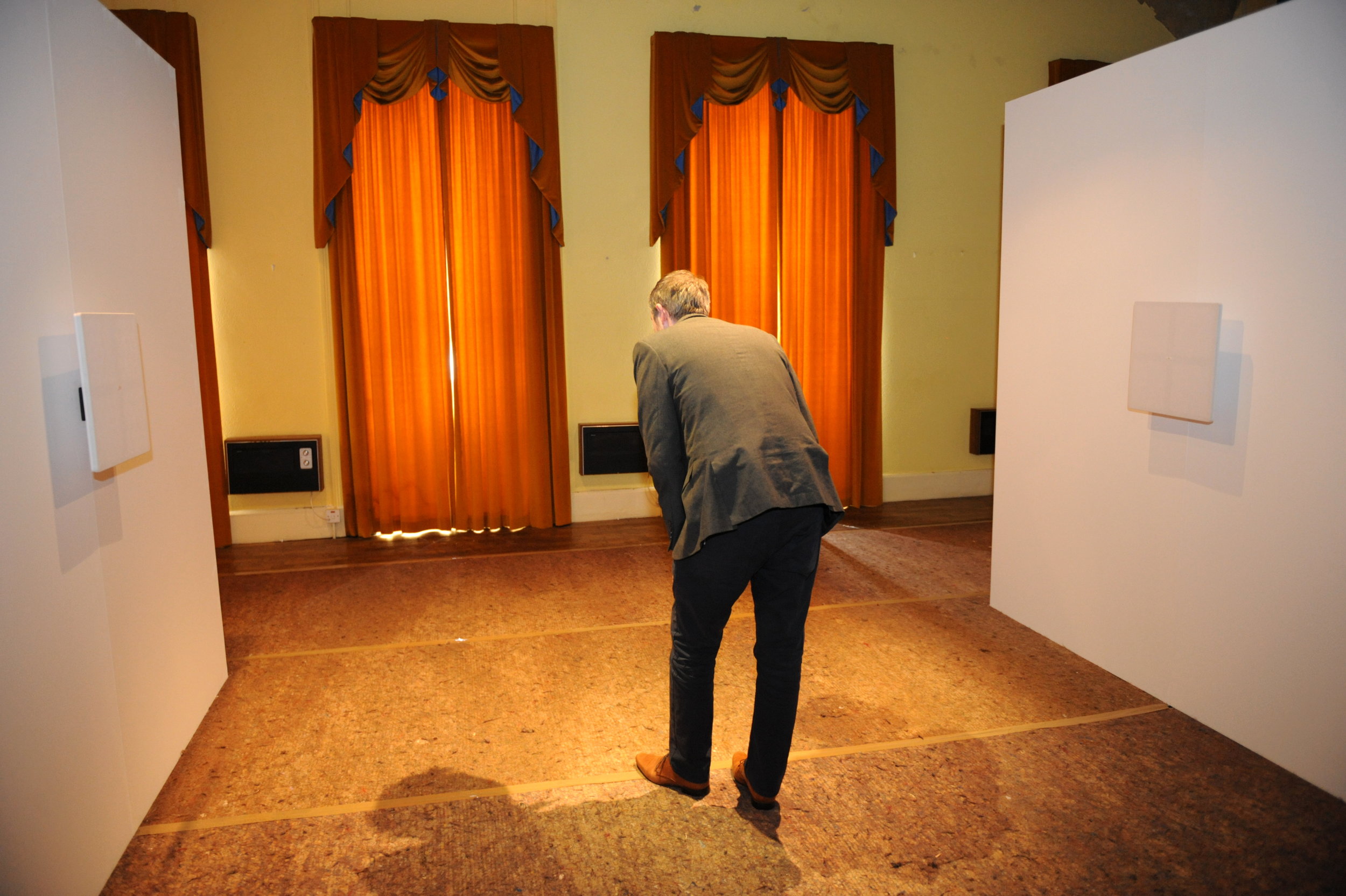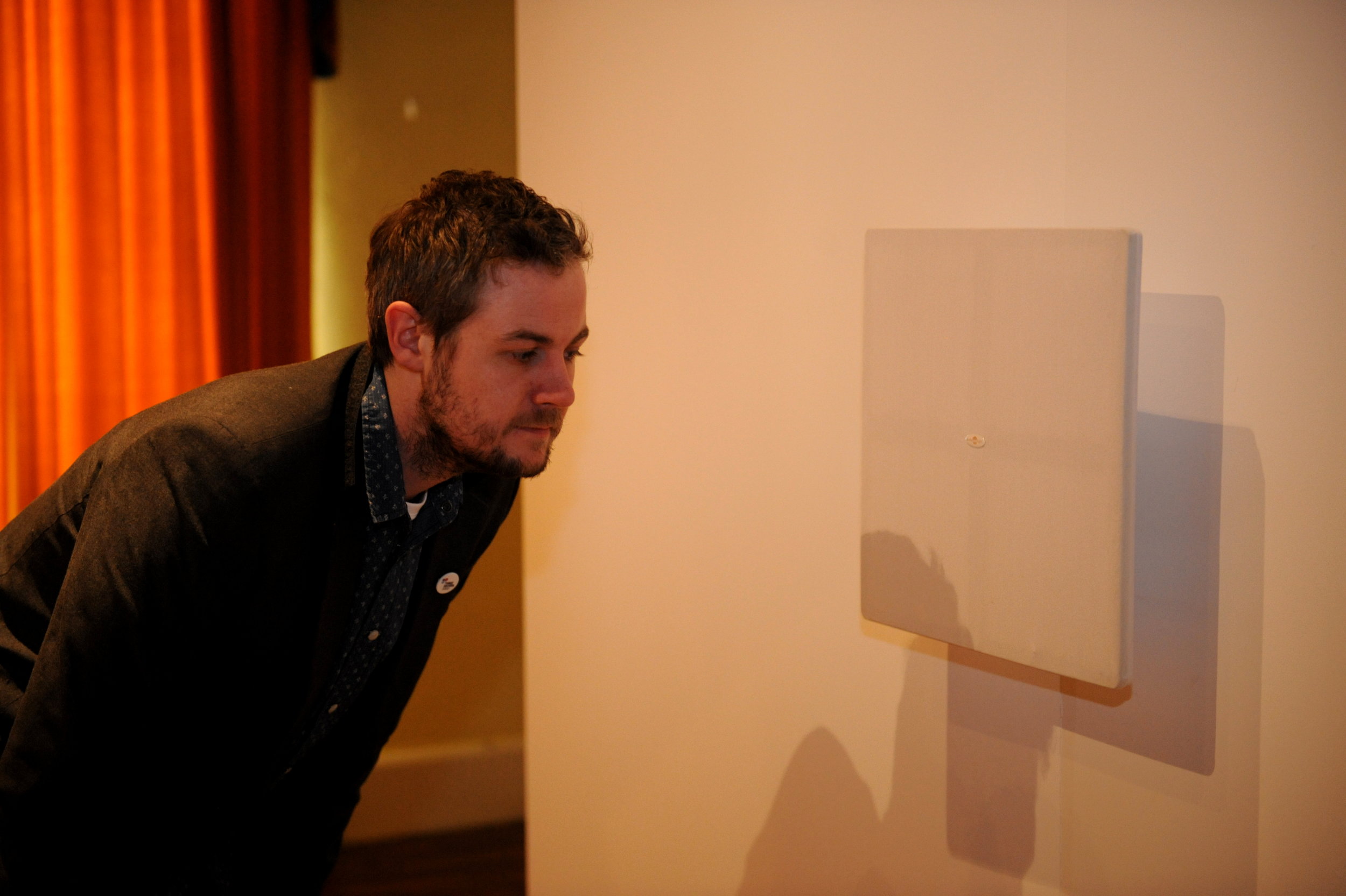RE:Public
‘Irish Republic declared in Dublin today, Irish troops have captured city and are in full possession. Enemy cannot move in city. The whole country rising’.
In 1916 one of the most important and influential texts of the 20th century in relation to musical aesthetics and the use of sound in art was published. It was written by Italian Futurist pioneer Luigi Russolo (1913) and first made public when published in 1916. It was entitled The Art of Noises, and became the Futurists manifesto going into the future.
Within this text Russolo argues that there was a new sonic palette emerging due to the introduction of ‘machine noises’ within the public realm during World War 1. He believed the human ear was becoming accustomed to the speed, energy and noise of this new urban, industrialised soundscape he found himself in. Due to this he proposes that in time these noises will transform into significant sounds to be engaged with, listened to and utilised by composers, musicians and artists. We can now see this more than ever today, 100 years after its publication.
Within an Irish context, the year of 2016 presents a unique opportunity to combine two significant and shared centenaries; the publication of the Futurist Manifesto’s Art of Noises (Italian: L'arte dei Rumori) and that of the Irish 1916 Easter Rising.
On April 24th 1916 the rebels managed to occupy the Dublin Wireless School of Telegraphy and get a damaged transmitter working. At this time wireless communication was in its infancy and in general signals were sent to targeted receiving stations. However the rebels took a radical approach and broadcast their signal into the atmosphere in the hopes that someone around the world may pick it up. While they did not have a working receiver, and were unaware if their attempts had been picked up by anyone, their message managed to appear as the front page news in the New York Times.
RE:Public gave the public an opportunity to remember and celebrate these two interconnected centenaries, as well as a space to critically evaluate and push the boundaries of using sound in art within a contemporary and public context. When exhibited RE:Public will present itself as a public sound installation, containing a recording of the original message from the 1916 broadcast being aired at regular intervals throughout the streets of Gorey, Co. Wexford. Alongside this there will be a public exhibition in the upper chamber of the market house containing a new sonic installation and on the ground floor a mixed informational area containing research papers/texts on both major events.
Wexford was the perfect context for OG to develop this project which made a relationship between the 1916 rising and the use of sound(in)art. The major developments of telegraphy by Marconi have their origins in Wexford. Marconi married Annie (one of the Jamesons) whose father set up a distillery in Enniscorthy. His company had established a wireless transmitting station at Marconi House, Rosslare Strand, Co. Wexford and begun a regular transatlantic radio-telegraph service between Clifden, Co. Galway and Glace Bay in Nova Scotia, Canada.
